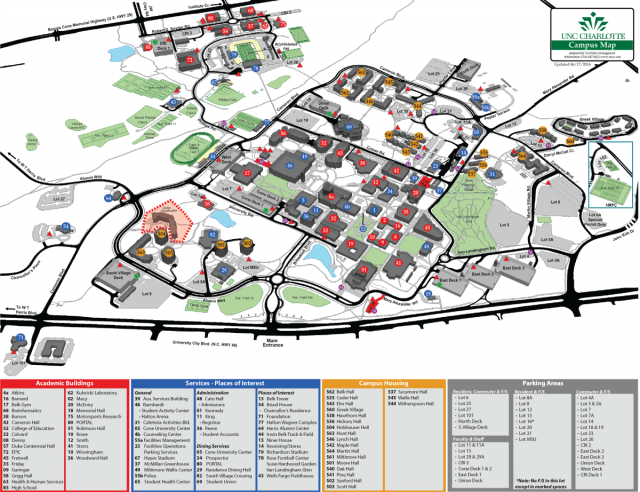facilities mapping
FACILITIES MAPPING (FM) is the process of digitally identifying and mapping facilities infrastructure with the explicit goal to improve operational management and planning tasks such as dispatching, inventorying, and maintenance. Some examples of facilities include utilities (gas, water, telephone, and electricity), airport siting, and transportation planning. In the past, when a facilities map was needed, a team of surveyors and draftspersons would combine skills to develop such a map. Usually the map was created and updated manually. Today, in the competitive business world of facilities service provision companies must continuously find new ways to maintain and deliver efficient services. This is a challenge as the facilities infrastructure is usually dense and covers large geographic areas. Moreover, time is also a key component. The steps for a successful operational strategy is based on collecting and integrating information on organization assets, processes, potential and existing customers, and changing market situations.
The core of the FM system is built around computeraided drafting and design (CADD), geographical information systems (GIS), and global positioning systems (GPS) technologies. This combination of geospatial technologies has also caused some confusion in drawing disciplinary boundaries of FM. Hence, terms such as AM/FM (automated mapping/facilities management) and network management systems are essentially the same technology. Because of the linear characteristics of the utilities infrastructure, CADD software is generally the choice for digital encoding. But there is the tendency now to merge CADD systems with the spatial data management capabilities of GIS in order to develop more integrated databases.

The encoded facilities infrastructures are then linked to a database that holds detailed attribute information about each facility. By querying the map on the computer screen, information about each facility and its relationship to other facilities can be obtained for operational planning and management purposes. Updates can be quickly made using a digitizing table, a mouse, and a keyboard. Usually the decisions made using FM are not for analytical purposes but for allocating resources for service dispatching, inventorying, and maintenance. Nevertheless, analytical studies such as network analysis and catchments area analysis are possible with FM systems.
Global positioning systems also play a major role in facilities management. The GPS is a network of 24 orbiting satellites and Earth receiving stations that provide an accurate and unique coordinate position for any point on the Earth's surface. The network was originally designed as a navigational tool for military applications, but the civilian and research community has quickly realized the value of the technology and adopted it for use in many navigational applications. The satellites transmit signals that anyone can collect with a suitable GPS receiver. For example, with inexpensive GPS receivers, utility service crews can be quickly dispatched to the location of utilities needing repair.
INTEGRATED TECHNOLOGY
FM has benefited tremendously from integrating CADD, GIS, and GPS technologies, the key benefit being to provide an integrated solution to business operational planning and management. The mapping capabilities of the FM system store information in different layers providing multiple ways of generating focused maps from a single and consistent database. Usually maps of multiple scales are available to address the task. For servicing, detailed maps showing the accurate location of facilities in need of repair are essential. For planning, coarse scale maps may be sufficient as only overall distribution of the facilities infrastructure may be of interest.
A centralized database of information streamlines data control, access, and updating, thereby creating an overall efficient search and query operation. Because the utility maps are digital, sharing of data and information among different agencies operating in the same area becomes a distinct possibility. The sharing of data reduces duplication of efforts, minimizes unnecessary damage to adjacent facilities, lowers maintenance costs, and improves customer service.
Facilities mapping is still evolving as new beneficial technologies continue to emerge and become integrated in the FM core system. Internet mapping is one technology that has begun to impact FM systems development. The internet provides a distributed medium to connect parts of the same company at one location or different locations. Wireless and mobile computing are already impacting FM in many ways. Field teams can receive customer calls directly and, with the aid of wireless and mobile computing devices, report to a service-outage location in real time.
Knowing about the availability of existing service resources in the area or planning repair strategies before arriving at the location are distinct advantages of mobile and wireless computing. As companies move away from rigid vertical management structures, distributed technologies will play an important role in maintaining customer satisfaction and the competitive edge necessary for survival in an ever-changing business climate.